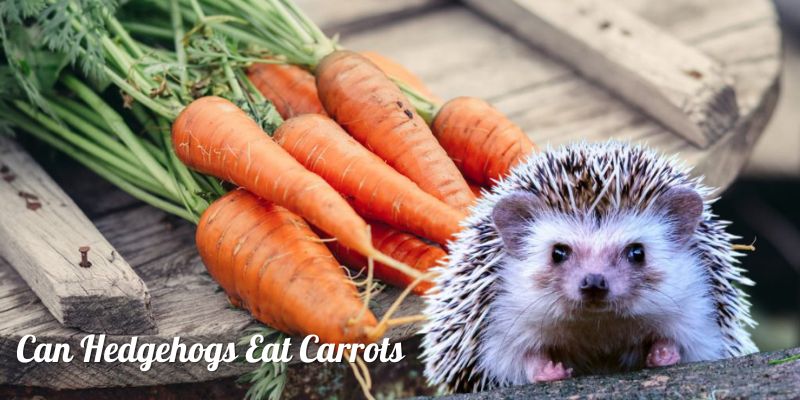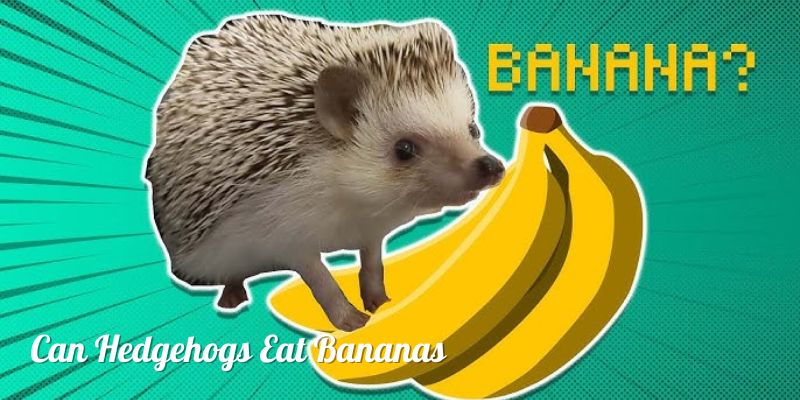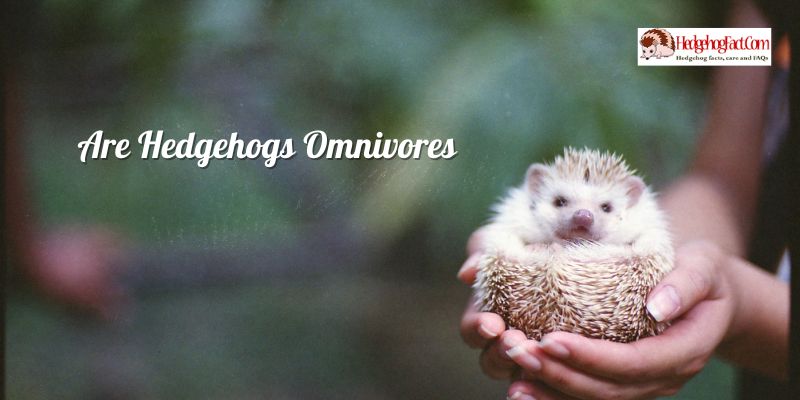Hedgehogs and echidnas are both small mammals that have prickly spines and similar appearances. Many people often confuse the two and assume that they are the same animal, but in reality, they are different species with different characteristics. In this article, Difference Between Echidna Vs Hedgehog we will explore the differences between hedgehogs and echidnas and highlight their unique features.
What is a Hedgehog?
Hedgehogs are small, nocturnal mammals with pointed snouts and prickly coats. Hedgehogs come in a variety of kinds, but the African Pygmy Hedgehog is the most popular one kept as a pet. Hedgehogs can be found all over the world, including New Zealand, Asia, Europe, and Africa.

Being omnivores, hedgehogs consume both plant and animal stuff. They consume fruits, vegetables, cereals, as well as insects, worms, snails, and tiny animals. Hedgehogs are rounded creatures with sharp spines or quills covering their bodies, which they employ to protect themselves from predators. When threatened, they can ball themselves tightly to defend themselves.
Due to their distinctive look and comparatively minimal upkeep requirements, hedgehogs make attractive pets. Before getting one, though, it’s crucial to verify your local laws as they may make them unlawful to own as pets in some areas.
What is an Echidna?
An echidna, also known as a spiny anteater, is a small, egg-laying mammal found in Australia and New Guinea. Echidnas are one of only two species of monotremes, which are mammals that lay eggs instead of giving birth to live young (the other being the platypus).
Echidnas have a distinctive appearance, with a spiny coat and a long, pointed snout. They are covered in sharp, spiky hairs that act as a defense mechanism against predators. Echidnas have short legs and strong claws, which they use for digging and foraging.

Echidnas are primarily insectivorous, feeding on ants, termites, and other small invertebrates. They have a long, sticky tongue that they use to capture their prey. Echidnas are also known for their ability to detect electrical signals, which helps them locate prey underground.
Like other monotremes, echidnas lay eggs instead of giving birth to live young. Female echidnas lay a single egg, which is incubated in a pouch on their abdomen. After hatching, the young echidna, called a puggle, feeds on milk produced by specialized glands on the mother’s skin.
Physical Differences
Size and Weight
Echidnas are larger than hedgehogs, with adults ranging from 18 to 30 inches in length and weighing between 6 to 22 pounds. In contrast, hedgehogs are much smaller, with an average length of 4 to 12 inches and a weight of 2 to 5 pounds.
Feet and Claws
Hedgehogs have small, dainty feet with hardly any visible nails. Echidnas, on the other hand, have large feet and thick black nails that protrude from their feet.
Facial Features

Hedgehogs have short, round faces with large, round eyes. Echidnas have long, thin foreheads with small, round eyes.
Ears
The ears of hedgehogs are rounded and protrude from the sides of their heads, while the ears of echidnas cannot be seen through their spines.
Quills
Both animals have spines covering their bodies. However, hedgehogs have soft fur on their bellies, while echidnas have spines covering their entire body, including their bellies.
Habitat
Hedgehogs are found in a variety of habitats, including grasslands, forests, and deserts. They are native to Europe, Africa, and Asia. Echidnas are native to Australia and New Guinea and are found in a variety of habitats, including rainforests, grasslands, and deserts.
Diet
Hedgehogs are omnivores and will eat insects, small animals, and plants. Echidnas are insectivores and primarily eat ants and termites. They use their long snouts to dig into termite mounds and ant hills to find their prey.
Behavior
Both hedgehogs and echidnas will curl up into a ball and reveal their spines when they feel threatened. However, hedgehogs are more social and will often form groups, while echidnas are solitary animals.
Similarities between Hedgehogs and Echidnas
Hedgehogs and echidnas have certain commonalities despite their differences. To name a few:
Coat with spines: Both animals have coats with spines that act as a defense against predators. Keratin, the same substance found in human hair and nails, is used to make the spines.
Hedgehogs and echidnas both have an insectivorous diet, however they may also occasionally eat small invertebrates and plant material.
Both animals are nocturnal, meaning they spend the majority of the day resting in burrows or hiding from the sun.
Hedgehogs and echidnas are both solitary creatures that only associate with one another to breed or take care of their young.
Both creatures have an exceptionally developed sense of smell, which they use to find food and identify predators.
Hedgehogs and echidnas both have a variety of adaptations that aid in their ability to survive in their habitats, such as prickly coats, digging prowess, and the capacity to ball up for protection.
Conclusion
In conclusion, while hedgehogs and echidnas share some similarities, including their spiky appearance and diet of insects and other small creatures, they are distinct species with significant differences in physical characteristics, size, habitat, and geographic location.





